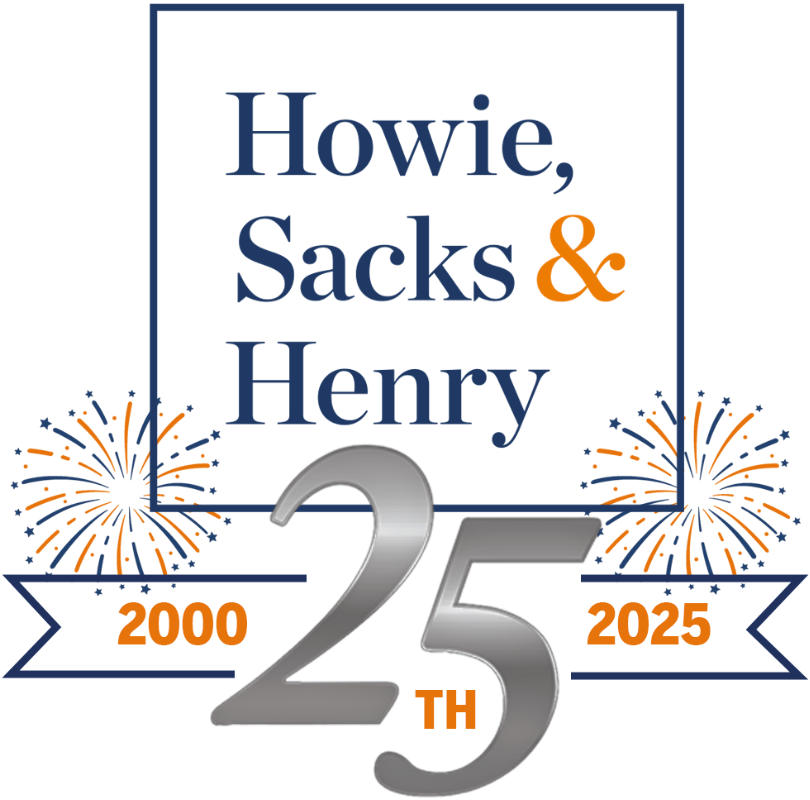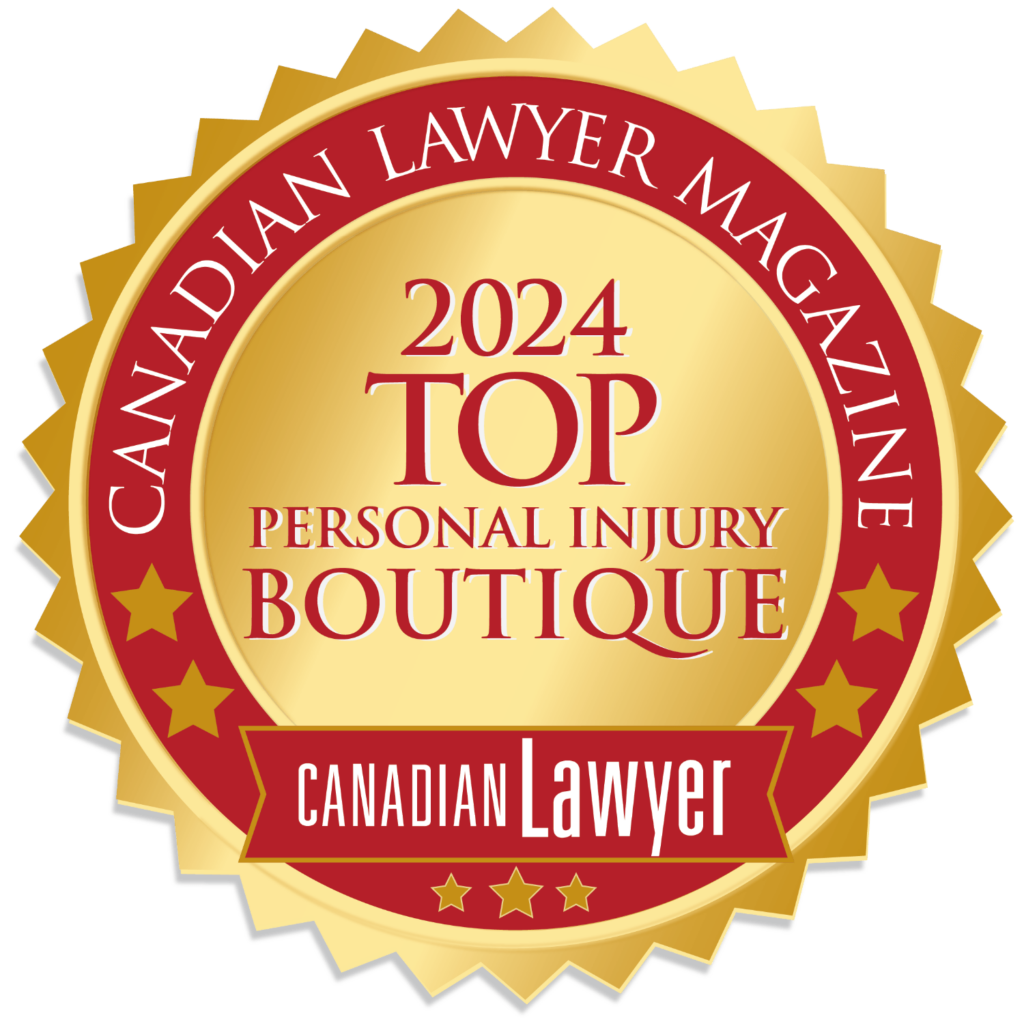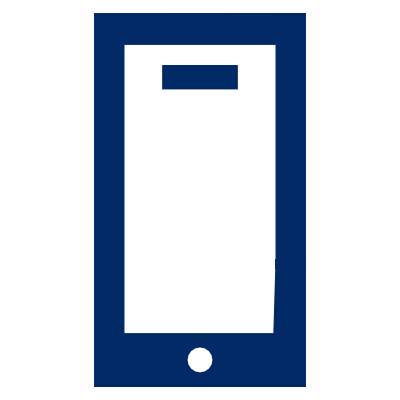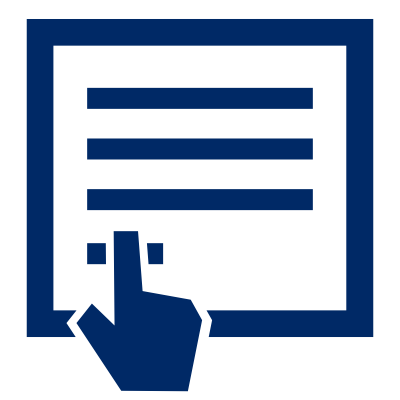
According to the latest statistics, one bright spot in the COVID-19 pandemic has been a sharp reduction in the number of motor vehicle injuries reported in Ontario, as drivers quarantined and stayed off the roads. With the ongoing rollout of vaccines and the gradual re-opening of businesses, we can sadly predict that more people will be driving, and getting into accidents. Whether due to a lack of recent driving practice, or simply a greater volume of traffic, the risks of being involved in a collision are increasing.
While I have written previously about steps you can take to stay safe while driving, this is also a timely opportunity for a refresher on the important steps to follow if you are involved in a collision on the road in Ontario.
Stay calm, and collect all of the information you may need
If you are involved in a motor vehicle accident, try to stay calm. Dial 911 right away if anyone is obviously injured. If there are no immediately-apparent injuries, put on your hazard lights and safely exit your vehicle to examine the damage. Be aware that there will be “live” traffic flowing around you, so be careful when opening your door and exiting and viewing the vehicles. If the collision appears to be minor (there is little damage to the vehicles and no one claims to have been injured), take pictures of the cars as they rest on the roadway and then consider driving them to a safe place off the roadway to exchange driver information. Even if the contact between vehicles was minimal, you must be sure to obtain driver’s license, vehicle registration and insurance information from all involved drivers. (Pro tip: taking photos with your smart phone is faster and easier than writing the information down on paper.) Take pictures of the damage to all the cars and if possible zoom out to capture the license plate in the photos. If at that point no one is saying they are injured, proceed to the nearest Collision Reporting Centre.
Whether you attend at a Collision Reporting Centre or not, it’s critically important to contact your insurance provider within 7 days in order to begin the accident benefits claim process.
Seek help immediately for any injury victims
If at any time anyone indicates that they are injured, do not move them. Call 911 immediately. If the injured person is still in their vehicle, try to make them comfortable, and do not move them unless they are in imminent danger. Even in cases of imminent danger, it is strongly recommended to let someone with appropriate first aid response training determine whether and how to move the injured victim. If an injured person has already exited their vehicle, they should move to the side of the road and stay safely away from the accident scene. In the meantime take photos (or ask someone else to take the pictures) and gather the information noted above. Do not move the cars until the police arrive and say it is okay to do so.
Alert other drivers
Sadly, roadside accidents seem to be a “magnet” for more accidents in their wake. While you wait for police to arrive, be sure that your hazard lights are on. If you carry flares or other signaling devices such as warning triangles, place them out to warn motorists of the accident scene. If you don’t have a flare or triangle, you can tie bright clothing to your trunk or antenna to warn other motorists. It is not recommended that you direct traffic, but if you choose to do so, be sure to stay visible and use a tool such as a flashlight. Everyone else should stay well away from the vehicles and off the roadway so as to avoid being hit if another driver veers at the last second to avoid the accident scene.
Collect the information you will need for an insurance claim
In Ontario, you are required to report any accident that results in more than $2,000 worth of damage (which adds up fast on today’s cars with their sophisticated components and multiple external sensors). If you feel the other driver may be under the influence of alcohol or drugs, or if there is a dispute as to who is at fault, call 911 and ask for the police. Do not move the vehicles. Take down the information noted above — you will be happy you have it in case someone, including yourself, turns out to be injured, or if the question of who caused the accident becomes an issue. Do not get into an argument with the other driver about who caused the accident, and do not press them if they won’t provide their information. Just await the arrival of the police. If the other driver intends to leave the scene, take photos of the individual and their vehicle for future reference for the police.
While it is most important to make sure that you are safe and that any injured people receive assistance, you must also be sure to document the particulars of the accident. In addition to the information noted above, be sure to record the date and time of the accident and the road / weather conditions. Take pictures of the roadway if its configuration, or other factors such as its condition (ice, debris), or construction, lighting, etc. are an issue. If there are skid marks present, take photos of them. As well, if there are any witnesses, get their names, phone numbers and email addresses, so you or your lawyer can follow up with them if it becomes necessary.
If an unsolicited tow truck driver arrives, do not let them tell you what to do, and do not let them put your vehicle on their truck. Wait for the police to arrive and follow their instructions. If you have any motorist coverage like CAA or Driver Assist through your car manufacturer, call them for advice and assistance about your vehicle and where it should be taken for repairs. Call your insurer to advise them and also ask for their advice and assistance.
You should never admit fault at the scene nor discuss blame. Do not offer to pay for damages. Never sign anything at the scene, unless the police investigate and ask for a signature (although even then you may politely decline). You should document as much as possible to help your insurer to determine fault and attribute blame for the accident. You will also want to have the information should you sustain injuries that creep up on you and require medical treatment and benefits from your own insurer, or if you are considering a lawsuit against the at fault driver. It is also handy to have this information to help your insurer should anyone else allege injuries after the fact.
At Howie, Sacks & Henry we represent all manner of accident victims, including those who have suffered injury at the hands of negligent operators of automobiles and trucks. If you or a loved one have been the victim of an accident or injury as a result of a motor vehicle accident, please contact Michael Henry at 416-361-0889 or by e-mail mjhenry@hshlawyers.com.






